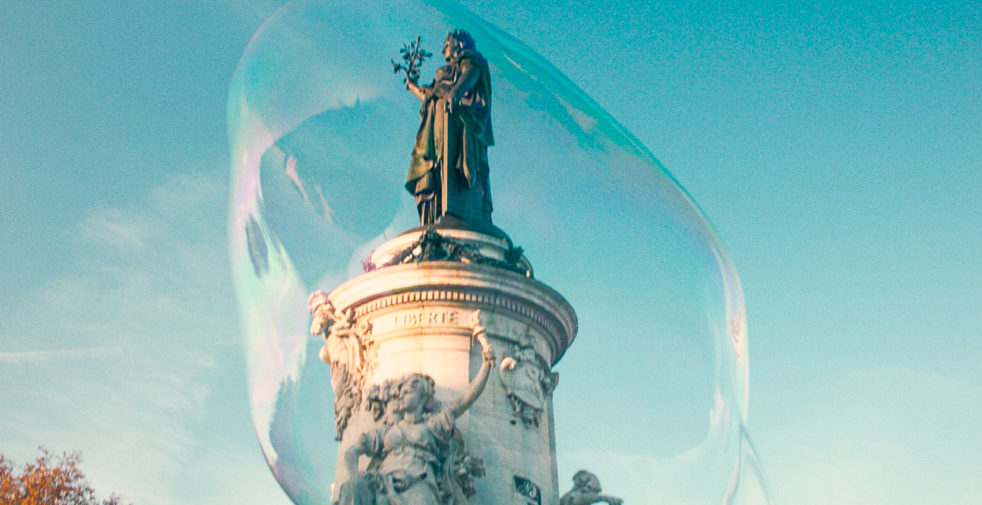Netflix released “Paris is Us,” an original French drama film directed by Elisabeth Vogler, this week. The film centers on a strange attempt to put the entire aura of the City of Light into a single character, Anna. The problem with this narrative strategy is that the film makes no effort whatsoever to develop Anna, despite her importance.
Instead, “Paris is Us” develops its plot in a near schizophrenic manner in which Anna meets the supposed love of her life, Greg, at an eardrum-bursting outdoor rave in the very first scene. From there, it follows these two characters in a reality TV style that feels a bit complicated and confusing at times. Greg is ambitious and wants to support Anna financially, but she seems to be disillusioned from just about any decent idea that Greg might have in order to obtain a happy life. The film completely fails to identify what exactly might make Anna happy; there is no clear goal or purpose.
While the city of Paris itself is for the open minded, this film’s grossly pretentious approach tries to paint a picture of a city in crisis that is represented by the bipolar Anna. The fact of the matter is that the movie is being overly dramatic in that it tries to portray Paris as going through a time of violent change. While Paris has been hit recently with the semi-combative gilets jaunes movement, its nature will always remain the same as it also was during its supposed golden ages of the Belle Époque and the 1920’s.
This unchanging nature is something that those lucky enough to be present in Paris at this apparently interesting time are bound to observe.
Every week, visitors to the city bear witness to protests in which demonstrators throw rocks and police yell back and fire teargas cannons. However, after the very few violent protestors cowardly hurry away, they are followed by many more peaceful people eating baguettes and drinking beer and wine.
This is the very essence of Paris, and “Paris is Us” completely fails to highlight that significant attribute. Hemingway put it best: “There is never any ending to Paris and the memory of each person who has lived in it differs from that of any other. We always returned to it no matter who we were or how it was changed or with what difficulties, or ease, it could be reached. Paris was always worth it and you received return for whatever you brought to it.”
This is how Paris is and it is how the people in it actually are. It is full of artists, poets, writers, and lovers, with each inhabitant of the city falling into at least one of those categories some way or another. And once one lives there for a certain amount of time, they too, fall into one of these remarkable categories.
The movie attempts to establish Greg and Anna as clashing lovers. As the plot progresses, their love wanes and so does Anna’s lust for life and this is something that does not happen in Paris.
This city truly teaches one to appreciate what a plentiful existence has to offer. By simply wandering around the moonlit walkways of the city, one can discover that happiness is found not in simple touristic experiences and severely edited Instagram photos. Happiness is found instead in a still-wet street painting purchased directly from a now giddy artist, a cheap yet magnificent bottle of wine shared with new friends, a simple donation to a hardworking street musician or an effortless photograph one was asked to take of a friendly stranger. Perhaps most abundantly, happiness is found in merely watching these facets of life go on, something the Parisians proudly admit that they do themselves.
This is something that “Paris is Us” utterly fails to represent in its bizarre plot, and therefore it is not even worthy of its powerful title.
“Paris is Us” fails to capture the true essense of Paris as a city which has a generally positive effect on its visitors and residents. The film is closer to slander than an accurate portrayal of the city and its spirit.
